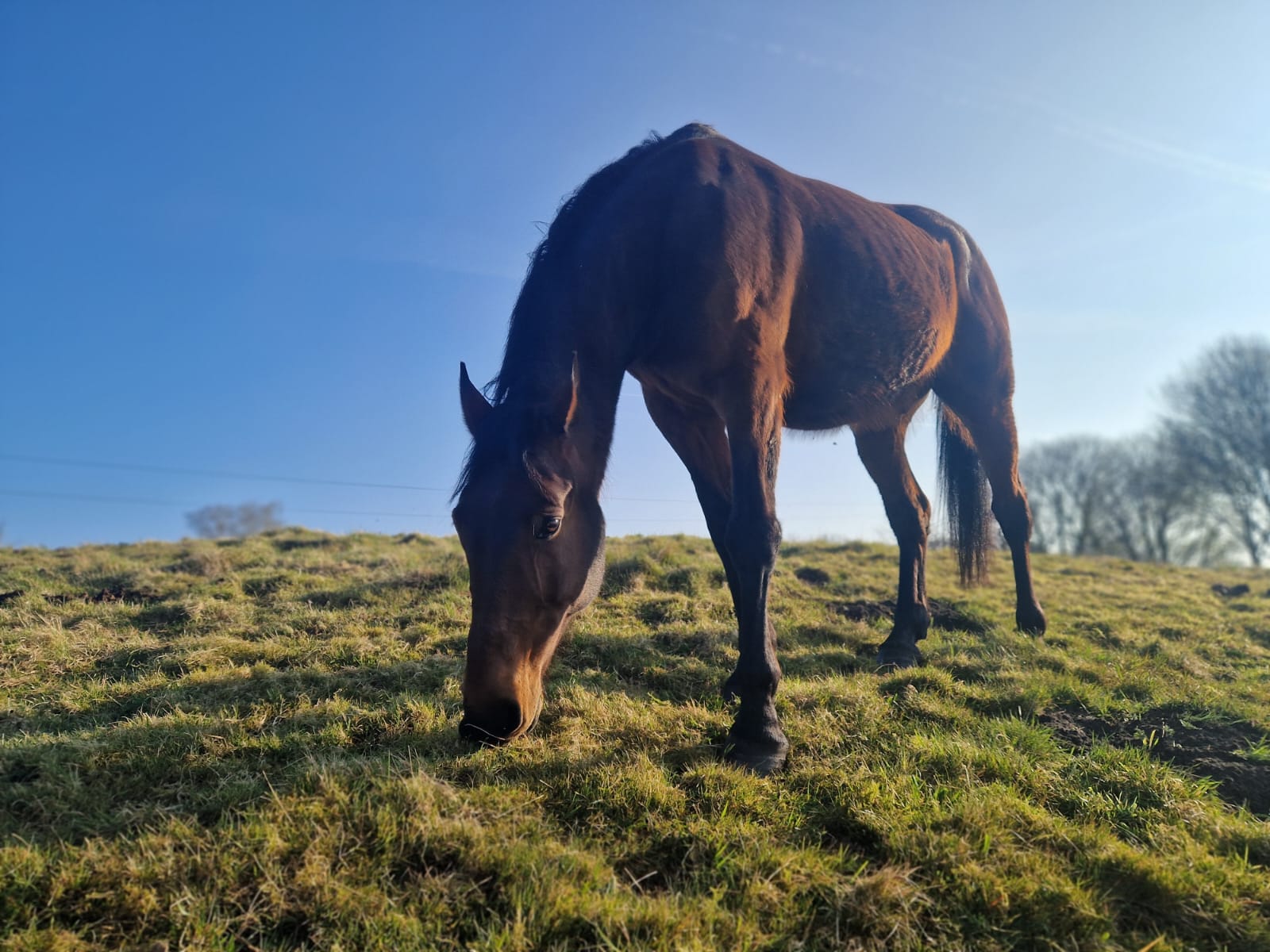Understanding Event Lines on Horses' Hooves
Decoding the Marks: What Event Lines Reveal About Your Horse's Health
Event lines on horses’ hooves can tell a compelling story about a horse’s health and history. Discover how these natural indicators can help you better understand and care for your equine companion.
The Significance of Event Lines
Exploring the Causes and Implications of Hoof Event Lines
Event lines, also referred to as growth rings or stress lines, are horizontal ridges on the hoof wall that reflect temporary disruptions in hoof growth. While some mild growth rings can be normal, more prominent or irregular lines can indicate a period of metabolic, nutritional, or environmental stress.
Common Questions About Event Lines on Hooves
Learn more about the significance and causes of event lines on horses’ hooves with these frequently asked questions.
What are event lines on a horse's hooves?
Event lines are visible ridges or rings on a horse’s hooves that can indicate changes in the horse’s health, diet, or environment. They are often a response to stress or illness.
How can event lines affect a horse's health?
While event lines themselves are not harmful, they can indicate underlying health issues or nutritional deficiencies that may need to be addressed to ensure the horse’s overall well-being.
Can diet changes cause event lines?
Yes, sudden changes in diet, especially those affecting nutrient intake, can lead to the formation of event lines as the horse’s body adjusts to the new dietary conditions.
How to taking care of your horse's hooves during the winter-to-summer transition?
Daily picking hooves help remove mud and keep thrush under control. Use a hoof conditioner or moisturiser if hooves are becoming too dry and brittle. Use hoof disinfectant or hoof paste if an infection is noticed. Adjust farrier or trimmer visit to hooves needs.
How can I prevent event lines from forming?
Maintaining a consistent diet, reducing stress, and ensuring regular health check-ups can help prevent the formation of event lines on your horse’s hooves.
Do event lines indicate a serious problem?
Not necessarily. While they can indicate stress or health changes, event lines are not always a sign of a serious problem. It’s important to monitor your horse’s overall health and consult with a veterinarian if you have concerns.
Does the type of surface where I ride my horse impact the development of event lines in their hooves?
Exercise on hard ground increases mechanical concussion to the hoof capsule, which can cause microtrauma and inflammation in the coronary band. This disrupts keratinocyte function and keratinization, leading to temporary changes in hoof wall growth that appear as event lines.
How stress build event lines in hooves?
Stress can lower blood flow and reduce oxygen and nutrient supply to the coronary band so nutrient delivery is reduced. Elevated cortisol levels interfere with normal cell division and keratin production is slowed down or becomes inconsistent. Abnormal horn production creates a visible line or ridge.
How changes in diet lead to the formation of event lines in hooves. ?
A sudden change in diet disrupts gut microbial balance and nutrient absorption, leading to metabolic stress and systemic inflammation. This affects coronary band function by impairing keratinocyte proliferation and keratinization, resulting in transient changes in hoof wall growth that appear as event lines.
Understanding the Impact of Fructans on Event Line Appearing.
When spring turns into early summer, many horses transition from a winter diet of hay to lush green pastures. While this seasonal change is a welcome shift for most equines, it also brings significant metabolic adjustments. These changes often manifest as event lines, visible ridges or grooves in the hoof wall that mark a physiological response to internal stress. During the rapid growth phase of spring, cool-season grasses accumulate high levels of fructans. Unlike simple sugars that are digested in the small intestine, fructans are fermented in the hindgut. This fermentation process can cause a sudden increase in lactic acid and gas, leading to hindgut acidosis and triggering inflammatory responses throughout the body, including in the hooves.
Key References for Further Reading
Undersander, Daniel. "Grass varieties for horses." Journal of Equine Veterinary Science 33.5 (2013) Burns, Teresa A. "“Feeding the Foot”: Nutritional Influences on Equine Hoof Health." Veterinary Clinics: Equine Practice 37.3 (2021) Munzinger, K., B. Monhart, and H. Geyer. "The Influence of Environmental Factors on the Hoof of Horses." Anatomia, Histologia, Embryologia 34 (2005)
Visit Shop
Delve deeper into the world of holistic horse care and learn how our natural products can support your horse’s health. Our range of cosmetics is designed to enhance hoof health and overall well-being. Visit our product page to explore solutions that align with your commitment to natural and effective horse care.






